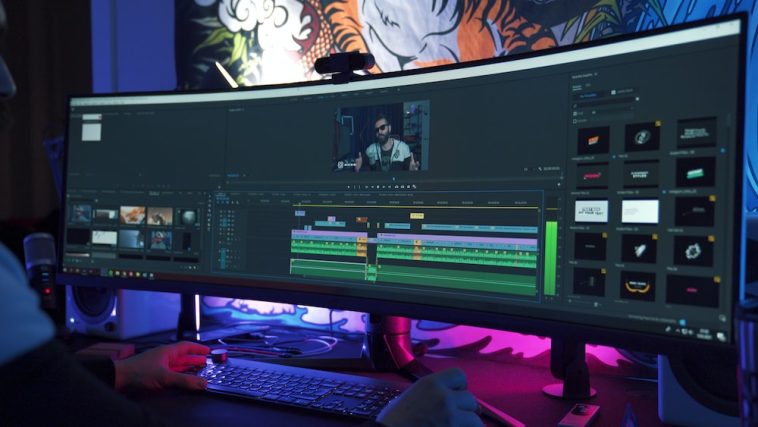Introduction.
Your portfolio is a dynamic representation of your body of work, and it serves as a powerful tool to make a lasting impression in a competitive field.
Creating an effective portfolio as a content creator is more than just displaying your work; it’s about telling a compelling story about your capabilities and style.
In this article, we will explore the essential steps and strategies to help you create a standout portfolio that not only showcases your talent but also captivates your audience, whether you’re just starting your content creation journey or looking to enhance your existing portfolio.
How do I Create a Portfolio for Content Creators?
Whether you’re a writer, graphic designer, photographer, videographer, or any other type of content creator, your portfolio is your virtual storefront—a place where your work takes centre stage, leaving a lasting impression on potential clients, employers, or collaborators.
Creating a compelling portfolio is not just about displaying your work; it’s about crafting a narrative that showcases your skills, unique style, and creative journey.
A well-structured portfolio can open doors to opportunities, reinforce your professional identity, and serve as a testament to your expertise.
In this article, we’ll guide you through the essential steps and strategies to create a standout portfolio that sets you apart in the competitive world of content creation.
Whether you’re embarking on your content creator journey or seeking to revamp your existing portfolio, these insights will help you shine in the digital spotlight.
1. Define Your Purpose and Audience.
Before you start assembling your portfolio, consider your goals:
- What is the primary purpose of your portfolio? Are you seeking freelance work, employment, collaborations, or personal branding?
Who is your target audience? Are you catering to potential clients, employers, fellow creators, or a combination of these?
Having a clear understanding of your purpose and audience will guide the content and design choices you make.
2. Curate Your Best Work.
Select your top-quality pieces that align with your objectives and resonate with your target audience. Quality is key, so be discerning about what you include. Focus on showcasing the work that best represents your skills and style.
3. Organize Your Content.
Structure your portfolio logically, making it easy for visitors to navigate. Consider categorizing your work by type, project, or theme.
Use clear headings, subheadings, and a user-friendly layout to ensure a seamless browsing experience.
4. Create an Engaging About Page.
Craft a compelling “About” page that provides insight into your background, expertise, and personal story as a content creator.
This page allows you to connect with your audience on a deeper level, building trust and a sense of rapport.
5. Show Variety.
Demonstrate your versatility as a content creator by including a diverse range of work. If you specialize in different areas, such as writing and graphic design, ensure your portfolio reflects this breadth of skills.
6. Provide Context and Details.
For each piece in your portfolio, offer context and details. Explain the project’s objectives, your role, the challenges you faced, and the results achieved. Use this space to showcase your problem-solving skills and the impact of your work.
7. Keep it Visual and Multimedia.
Visual appeal is crucial. Incorporate high-resolution images, videos, or interactive elements that allow your audience to engage with your work. Use multimedia to enhance the storytelling aspect of your portfolio.
8. Keep it Updated.
Your portfolio should evolve with your career. Regularly update it with your latest and most relevant work. Remove outdated pieces that no longer align with your goals.
9. Ensure Mobile Responsiveness.
With the prevalence of mobile devices, ensure that your portfolio is responsive and looks great on various screen sizes. A responsive design ensures that your work is accessible to a broader audience.
10. Test and Get Feedback.
Before launching your portfolio, thoroughly test it for functionality, speed, and compatibility. Seek feedback from peers, mentors, or trusted colleagues to identify areas for improvement.
11. Promote Your Portfolio.
Once your portfolio is ready, share it with your network, on social media, and through professional platforms like LinkedIn. Make it easy for interested parties to contact you for collaborations or job inquiries.
Conclusion.
Creating a portfolio as a content creator is not just a showcase of your work; it’s a reflection of your passion, skills, and unique perspective.
A well-structured portfolio is a powerful tool to connect with your audience, attract opportunities, and establish your presence in the competitive content creation landscape.
By following these steps and strategies, you can craft a digital showcase that not only highlights your talent but also tells your compelling story as a content creator, setting you on the path to success in the digital realm.






GIPHY App Key not set. Please check settings